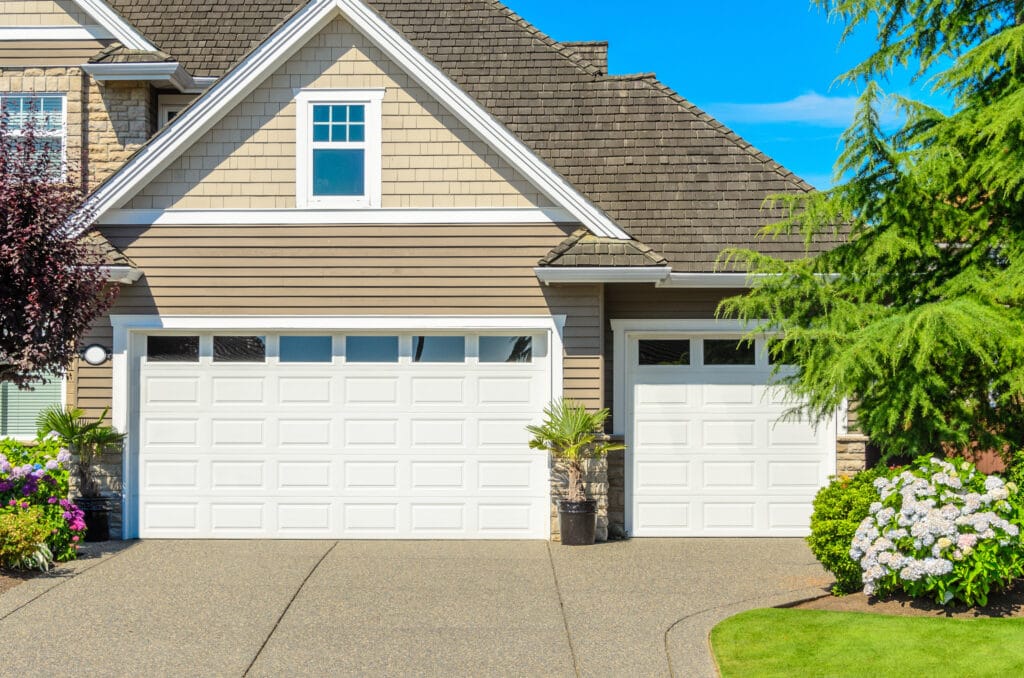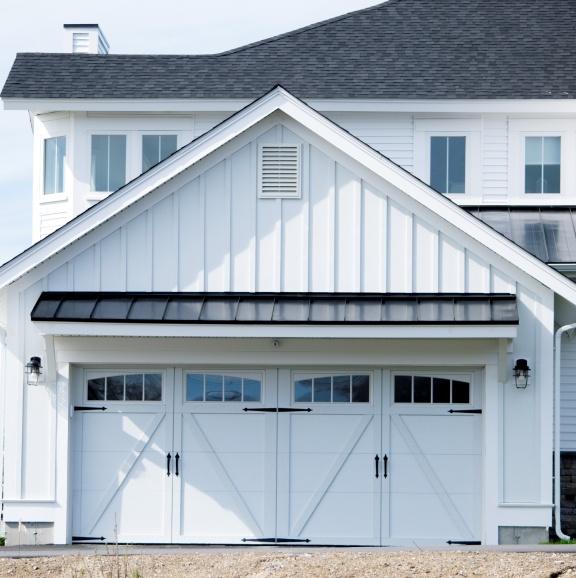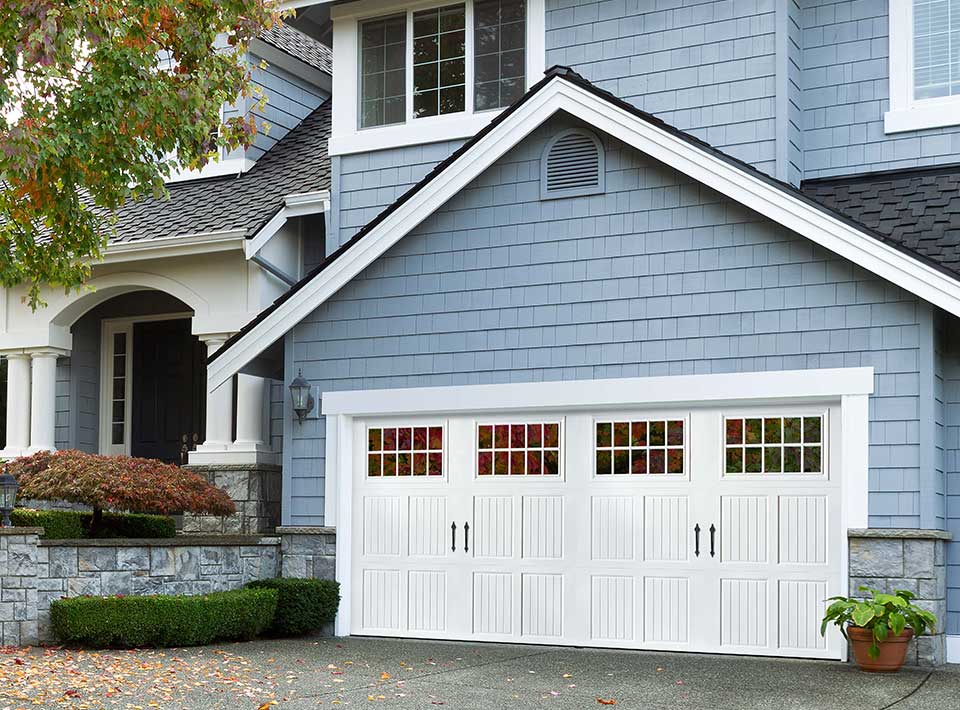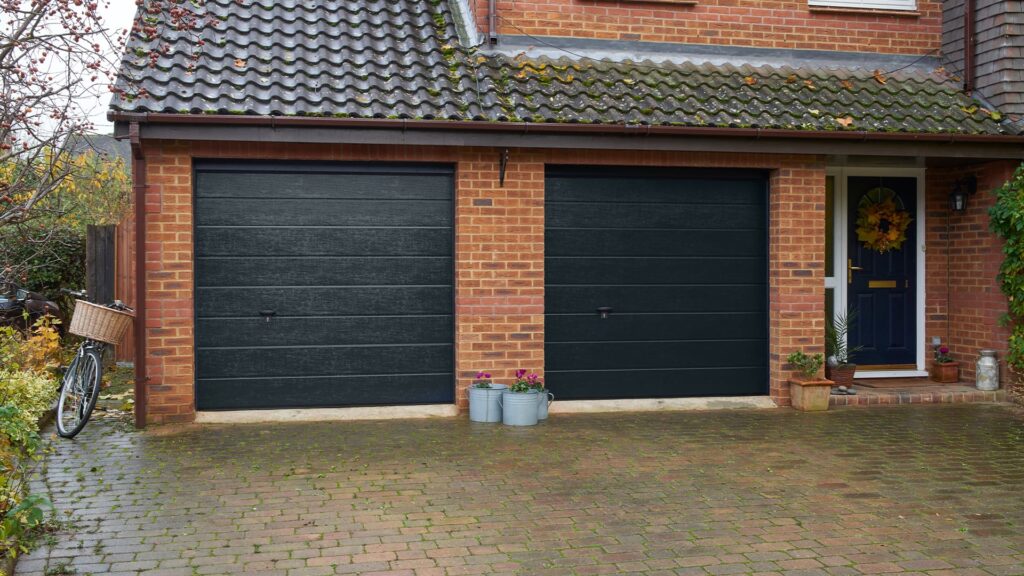Roofing Contractor Orange CA is crucial for safeguarding your home against the elements and ensuring the safety and comfort of your family.
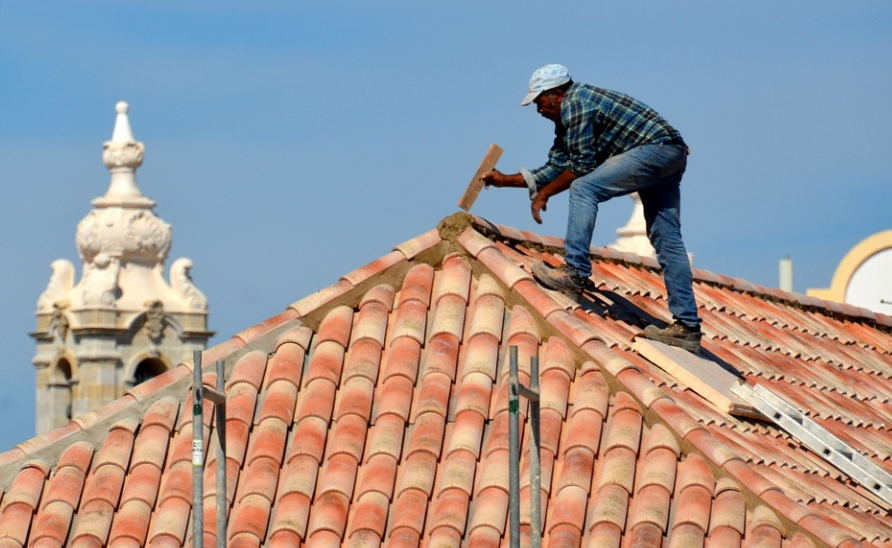
In Orange, where weather conditions can vary, it’s important to be vigilant for signs indicating that your roof requires immediate attention. By recognizing these signs early on, you can prevent further damage and costly repairs.
Visible Signs of Roof Damage
The first indication that your roof needs immediate attention is visible damage. Keep an eye out for missing or damaged shingles, which can leave your roof vulnerable to leaks and water damage. Additionally, look for signs of wear and tear such as curling or cracked shingles, as these can compromise the integrity of your roof. If you notice any areas where the roof appears sagging or drooping, it’s essential to address the issue promptly to prevent further structural damage.
Interior Warning Signs
Interior warning signs of roof damage are often subtle but should not be ignored. If you notice water stains on your ceilings or walls, it could indicate a leak in your roof. Even small leaks can lead to significant water damage over time, so it’s crucial to address them promptly. Additionally, be on the lookout for mold or mildew growth, as these can indicate excess moisture in your home, which may be coming from a leaky roof.
External Indicators of Roof Issues
Exterior indicators of roof issues are also important to watch for. Damaged flashing around chimneys, vents, or skylights can leave your roof vulnerable to leaks, so be sure to inspect these areas regularly. Clogged gutters and downspouts can also contribute to water damage by preventing proper drainage from your roof. Finally, pay attention to the condition of your roof’s caulking, as cracked or deteriorating caulking can compromise the integrity of your roof and lead to leaks.
Emergency Situations Requiring Immediate Attention
Certain emergency situations require immediate roof repair. If you notice water leaking into your home during heavy rainstorms, it’s essential to address the issue promptly to prevent further damage to your property. Similarly, severe weather damage, such as wind or hail damage, can compromise the structural integrity of your roof and should be addressed as soon as possible to prevent further damage.
Consequences of Delaying Repairs
Delaying roof repairs can have serious consequences. Minor issues can quickly escalate into major problems, leading to extensive water damage and costly repairs. Additionally, a compromised roof can pose a safety risk to you and your family, especially during severe weather events. Finally, prolonged exposure to water from a leaky roof can lead to mold and mildew growth, which can have adverse effects on your health and indoor air quality.
Benefits of Timely Roof Repair
Timely roof repair offers numerous benefits. By addressing issues promptly, you can prevent further damage to your roof and extend its lifespan. Additionally, prompt repairs can help preserve the integrity of your home and prevent costly repairs down the line. Finally, repairing your roof promptly can help maintain the value of your home and ensure the safety and comfort of your family.
Choosing the Right Roofing Professional
When it comes to roof repair, it’s essential to choose the right roofing professional for the job. Take the time to research local roofing companies and check their credentials, licenses, and insurance. Additionally, read customer reviews and testimonials to ensure you’re hiring a reputable and experienced contractor who can provide high-quality workmanship.
DIY Inspection Tips
In addition to hiring a professional roofer, you can also perform DIY inspections to catch potential issues early on. Inspect your roof regularly for signs of damage, such as missing or damaged shingles, sagging areas, or water stains. Additionally, clean your gutters and downspouts regularly to prevent water damage and ensure proper drainage from your roof.
Regular Maintenance Practices
Regular maintenance is essential for prolonging the life of your roof. Keep your roof clean and free of debris, trim overhanging tree branches, and inspect your roof regularly for signs of damage. Additionally, consider investing in a roof maintenance plan with a reputable roofing company to ensure your roof remains in good condition year-round.
Investing in Quality Materials
Investing in quality roofing materials is essential for ensuring the long-term durability and performance of your roof. While cheaper materials may save you money upfront, they can cost you more in the long run in terms of repairs and replacements. Choose high-quality materials that are designed to withstand the elements and provide long-lasting protection for your home.
Educating Homeowners
Finally, educating homeowners about the importance of roof maintenance and repair is crucial. Provide homeowners with information on how to identify signs of roof damage, the importance of regular inspections and maintenance, and the benefits of investing in quality materials and professional repairs. By empowering homeowners with knowledge, you can help them protect their homes and ensure the longevity of their roofs.
Conclusion:
In conclusion, being aware of the signs that your roof needs immediate attention is crucial for maintaining the integrity of your home and ensuring the safety and comfort of your family. By recognizing visible and interior warning signs, addressing emergency situations promptly, and investing in regular maintenance and quality materials, you can prolong the lifespan of your roof and prevent costly repairs down the line.
Best Roofing Solution – Orange
2548 Ridgecrest Ln, Orange, CA 92867, United States
1-714-577-2670


